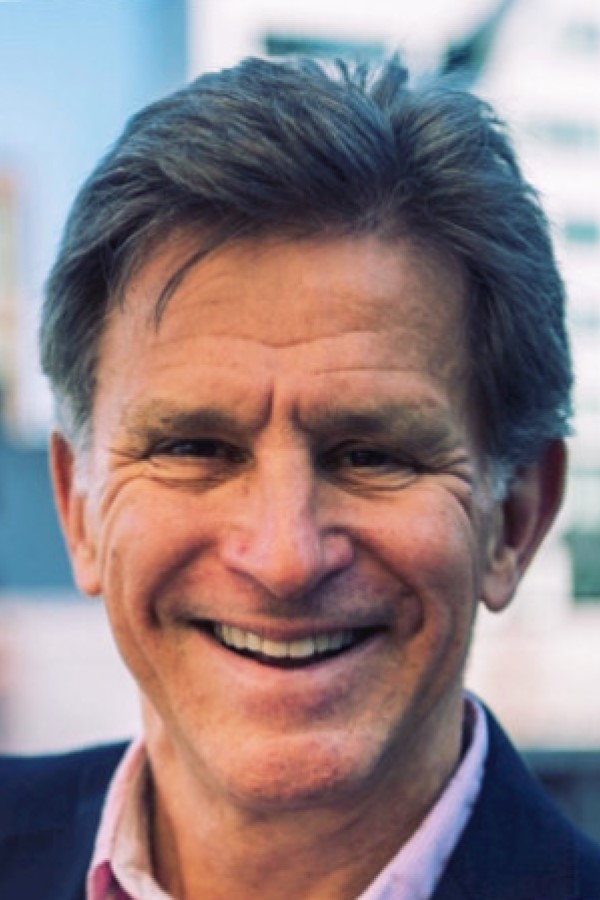
Gavin Rochussen, chief executive, Polar
Launched back in 2001 by Brian Ashford Russell and Tim Wooley, two of the UK’s most pre-eminent technology investors, London-based Polar Capital, has both grown and diversified significantly in the interim.
Indeed under its chief executive Gavin Rochussen, who occupied similar posts at both Fleming Family & Partners (2002-2008) and JO Hambro Capital Management (2008-2016), who succeeded Mr Wooley in July 2017, growth and diversification provides the London-listed investment specialist with its strategic guiding star.
Technology still accounts for £9.2 billion or 41.6 percent of the £22.1 billion of funds Polar Capital managed at 31 March 2022.
But the firm now offers a plethora of other investment strategies embracing single country, regional, and global mandates as well as thematic funds in the healthcare and financial sectors as well as its core technology specialism.
Three of Polar’s six largest investment teams - UK value opportunities (£1.6 billion at 31 March 2022), emerging markets & Asia (£1.1 billion) and European opportunities (£988 million) - were either launched or acquired in the past five years.
Along with the more established global technology (£9.2 billion), healthcare (£3.7 billion) and insurance (£1.9 billion) teams, these now collectively account for around 76.4 percent of Polar’s assets under management.
During the last quarter of 2021 a team that focuses on sustainable investing arrived at the firm, precipitating the launch of two new funds, Polar Capital Smart Energy and Polar Capital Smart Energy.
Polar is also profitable.
According to its most recent financial results, which have just been published, it reported statutory pre-tax profit and revenues of £62.1 million and £187.3 million for the year to 31 March 2022.
Although profits were £13.8 million or 18.2 percent lower than the £75.9 million posted in the previous year, primarily as the result of a lower profit contribution from performance fees, Polar Capital still managed to generate a pre-tax margin of 33.2 percent.
Performance fee-related profits fell by 79 percent from £19.5 million to £4.1 million.
“Investment performance has been more challenging than the prior year when our portfolios benefitted from many of the Covid-19 winners,” admitted Mr Rochussen, in the statement that accompanied Polar’s latest results.
The situation looks better, however, when the focus is placed on Polar’s “core” metrics, especially “core” operating profits.
These amounted to £69.4 million, a 17.9 million or 34.8 percent improvement on the £51.5 million “core” operating profit reported a year earlier to generate a “core” operating margin of 37.0 percent.
The strategy of growth with diversification has meant that Polar has acquired investment portfolios externally as well as growing organically.
Polar recently acquired the institutional business of Dalton Strategic Partnership following the death of founder Andrew Dalton and the Melchior range of funds it managed, for example.
But Mr Rochussen points out that growth through acquisition does not play a critical role in the firm’s overriding strategy.
“I get phone calls all the time from investment bankers telling me to look at something,” he told Financial News back in 2021. “But M&A is not a strategy. Growth and diversification is, but there are a number of ways of getting there. I’m not the kind of chief executive who goes out buying everything. It just doesn’t work.”
Nor is Polar Capital an asset gatherer.
Instead, the focus is on investment performance. If a firm’s funds perform well then they will attract investors.
As a consequence Polar is structured to enable its investment teams to focus on their portfolios while a “best-in-class” operational structure works on everything else.
The firm’s investment products certainly appear to perform well, especially relative to their peers.
“As at 31 March 2022, 84 percent of our UCITs funds’ assets under management (AuM) were in the top quartiles against the Lipper peer group over three years,” said Mr Rochussen.
“Over five years, as at 31 March 2022, 93 percent of AuM was in the first two quartiles against the Lipper peer group with 100 percent of AuM in the top two quartiles since the inception of the respective funds.”
At Polar diversification is not just confined to the range of investment strategies it offers.
It also encapsulates the client base along with the range of fund structures it offers.
At inception Polar had a bias towards investment trust, or London-listed closed-ended investment companies, as a result of Polar Global Technology, the investment trust that Mr Ashford Russell and Mr Wooley managed.
Now open ended funds account for £16.6 billion, or around 75 percent of total assets under management. Investment trusts account for £4.4 billion or 20 percent with segregated mandates contributing £1.1 billion, or around five percent.
Polar has also increased its overseas focus significantly in recent years. Almost £9 billion of client assets is now sourced from outside the UK with Asia and the Nordic countries accounting for a significant proportion of the total.
A Singapore presence is under consideration.





